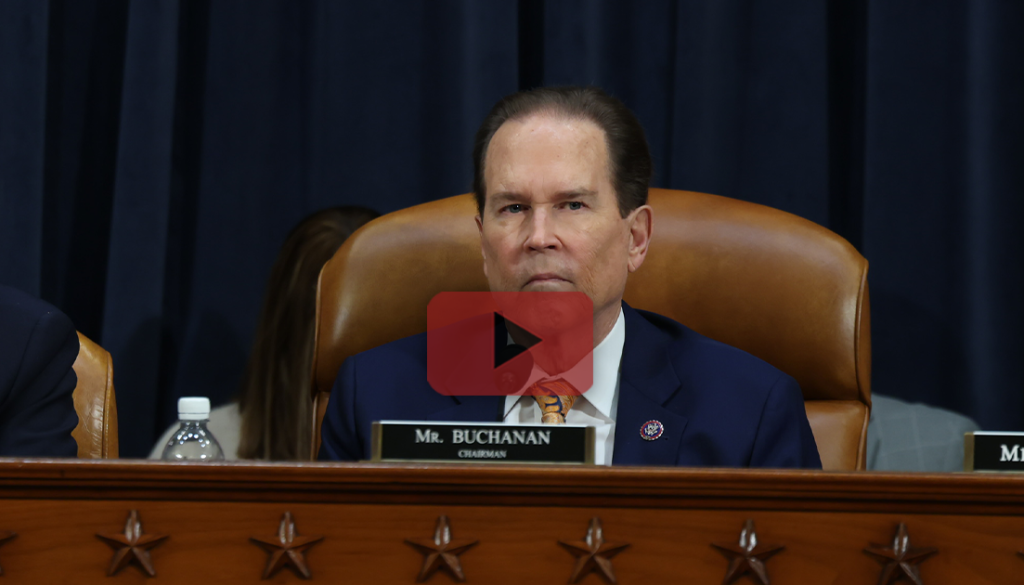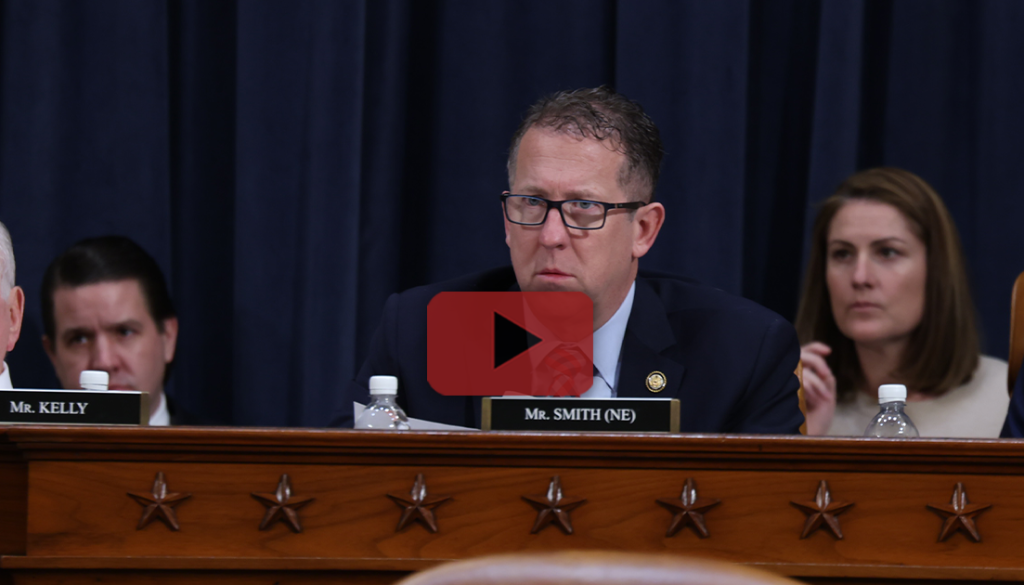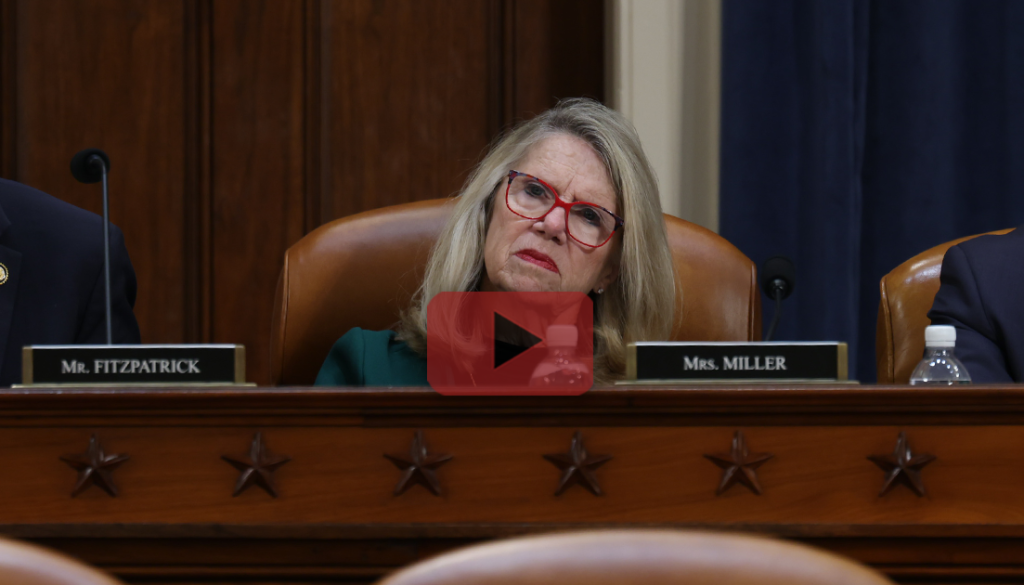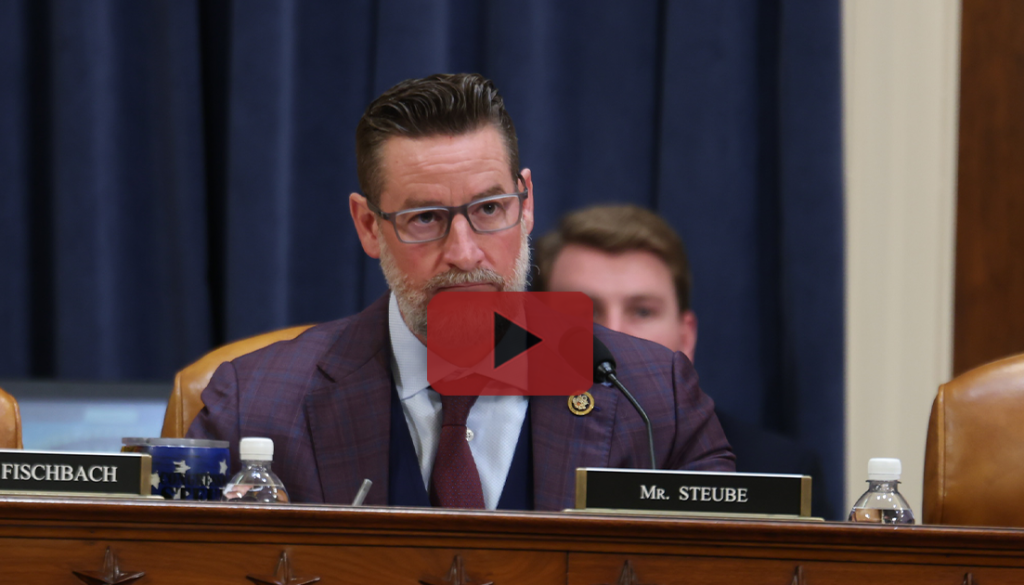WASHINGTON, D.C. – Greater use of biosimilar medications offers a proven pathway to expand access to treatments and cut health care costs for patients and Medicare, witnesses testified at a Ways and Means Health subcommittee hearing on the health of the biosimilar market. The drugs, which are the generic version of complex biological medication, lead to a 53 percent reduction in the average sales price for both the name brand and biosimilar medication and have added 344 million more days of therapeutic care than patients would have otherwise received. With the correct incentives, Medicare could save $7 billion over 10 years by expanding biosimilar access. Unfortunately, distortive rebates from pharmacy benefit managers (PBM) and outdated Medicare rules incentivize physicians to often prescribe higher-cost name brand drugs over a biosimilar that provides the same treatment.
Biosimilars Save Patients and Taxpayers Money
Biosimilars are poised to save the health care system up to $181 billion over five years if they are able to be adopted. The lower cost of biosimilars compared to their name brand alternative drives down the overall price for that drug category, allowing patients to pay less for vital prescriptions. Health Subcommittee Chairman Vern Buchanan (FL-16) noted these medications have also saved taxpayers money through lower Medicare spending. However, antiquated Medicare rules and perverse financial incentives can prevent the health care system from fully benefiting from these cost savings.
Rep. Vern Buchanan (FL-16): “Since entering the market in 2015, biosimilars have saved the entire health care system over $23.6 billion. Within the Medicare program, biosimilars reduced Part B spending by $4.5 billion in 2023 alone. Biosimilars launched at prices up to 35 percent lower than branded drugs, and they can drive further savings when they compete with drugs already on the marketplace. The market-based competition lowers costs for all patients in the insurance markets. Biosimilars will provide safe and effective treatment options for patients. Biosimilars also help increase drug supply and availability and have been used in nearly 700 million days of patient therapy. Still, significant work needs to be done to ensure this, in terms of moving forward, this ranges from making our drugs reimbursement systems work correctly, to incentivize market competition, to improve patient providers, education and awareness.”
Patient Education Is Helpful for Uptake of Biosimilars
Witnesses confirmed the findings of several studies on patient usage of biosimilars, which shows patient education gives them comfort and familiarity to take biosimilars. Educational efforts increased patients’ willingness to switch to biosimilars by 68 percent. In the ten years since the first biosimilar was approved in 2015, a witness testified that patients comfort with biosimilars has only grown.
Rep. Adrian Smith (NE-03): “Would you say in your conversations with patients that you have, do they discuss the safety and efficacy of biosimilars and their potential cost savings? Have you seen that as productive in your conversations?”
Dr. Debra Patt, Texas oncologist: “I think that this is a conversation that’s evolved over time. In the last decade, since we’ve seen biosimilars, I think that skepticism about their efficacy and safety was greater 10 years ago than it is today.There are some patients I think that you really need to talk them through and educate them quite a bit. I’ll give an example. If I have a patient with metastatic breast cancer and brain metastasis that’s had stable disease for 10 years, any drug switch is going to create a fair bit of trepidation, and I have to do a good amount of education to make sure that they’re comfortable with the switch to a product that is biologically the same and chemically slightly different. I think there’s a real role in education for those patients, but that’s gotten much easier over time. Now, as I have these conversations with patients every day, in practice, my education around this is quite minimal…”
Democrat Law Weakening Predictability Needed for Future Biosimilars
The Democrats’ so-called Inflation Reduction Act changed the consistent pricing enjoyed by biosimilars, which had successfully encouraged the prescribing of these medications. Unfortunately, pricing unpredictability threatens the development of future low-cost biosimilars. As one witness noted, this emerging threat to the viability of biosimilars is yet another obstacle to patients benefiting from lower costs.
Rep. Carol Miller (WV-01): “Price competition is very important for patients, especially for the rural patients, such in my district. The Inflation Reduction Act included a potential pause in price setting for certain biosimilars, but the process is complicated and may not provide the predictability needed for biologic and biosimilar development. Mr. Burton, can you speak on how important clear and consistent law-making is for the development of a strong biosimilar marketplace?”
Craig Burton, Biosimilars Council: “For a biosimilar manufacturer, if you’re thinking about investing $300 million in a new lower cost product, you need predictability. You need to know that that market is going to be there 10 years from now when you actually get to the end of that race. That means you need to be able to guess what the market size is going to look like. It also means you need to know you’re going to get adoption. Not only do biosimilars face all the issues we’ve discussed today, but the IRA puts in place what I think was a well-intended approach that will harm biosimilar adoption.”
Drug Middlemen Artificially Raise Prices for Low-Cost Biosimilars
Pharmacy benefit managers frequently offer large rebates on more expensive brand name drugs that create an artificially lower price compared to biosimilars. Consequently, the rebates create a perverse incentive where physicians are able to make money on the higher-cost drug because of the rebate while biosimilars are “underwater” because the physician’s reimbursement is less than their cost. Relatedly, insurance plans with a PBM frequently limit the number of biosimilars covered by their formulary, which further restricts patient and physician choice.
Rep. Greg Steube (FL-17): “In your experience, when have PBMs favored biosimilars over biologics?”
Dr. Colin Edgerton, South Carolina rheumatologist: “That happens frequently. Currently, for one of the medications we use for rheumatoid arthritis, most commercial insurance plans that are served by a PBM are requiring one of two biosimilars as the first-line agent for treating that condition…Unfortunately, both of those biosimilars are underwater, so we wind up with this kind of perverse situation, where the preferred medication, which should also be the lowest cost medication, cannot be obtained because of this situation where the acquisition cost of the drug is higher than the reimbursement. It’s not helpful that those medications are required by the PBM, so to speak, in that setting, because the acquisition has been undermined.”




